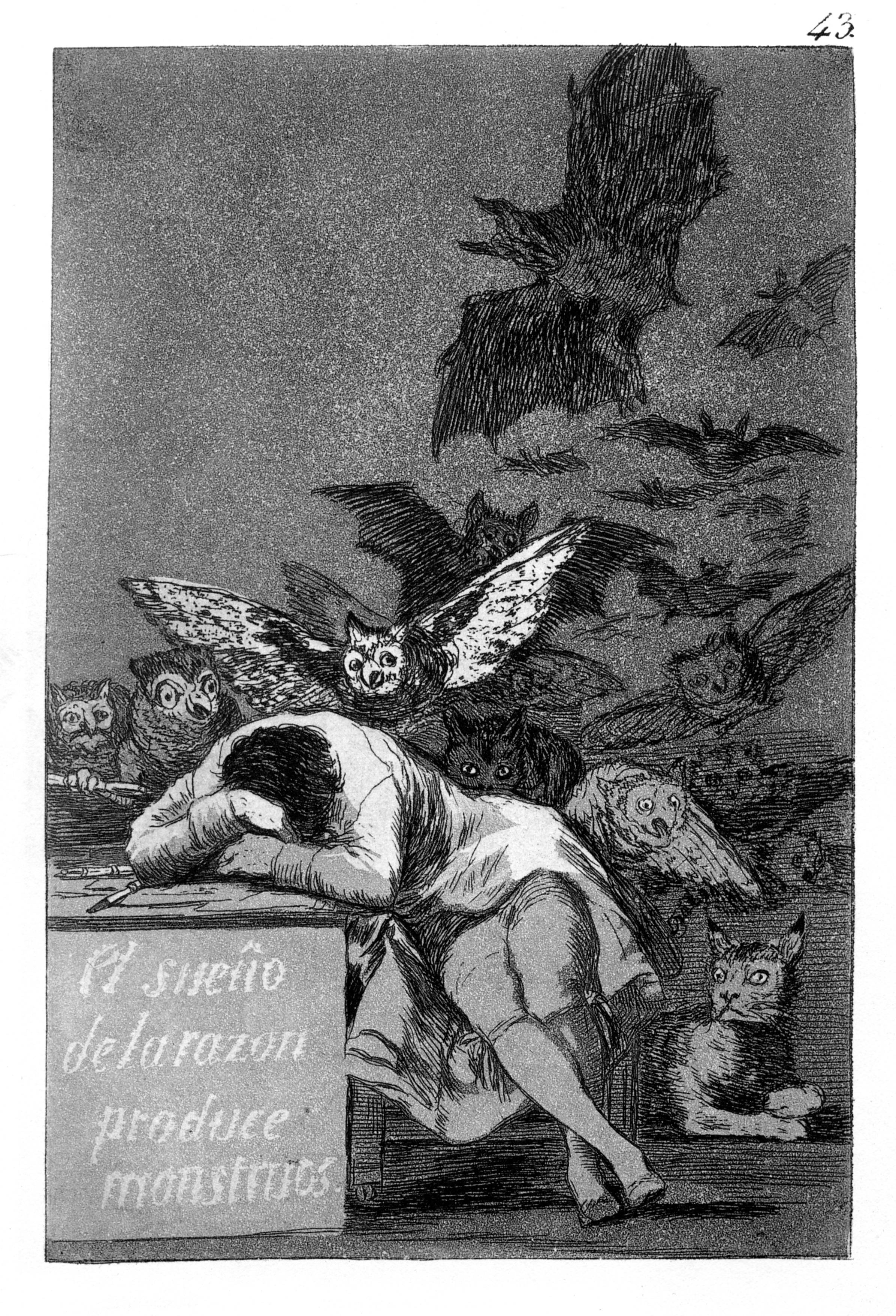During week 4 we examined perspective and as I have done some perspective work in the past, I tried to work in three point perspective. We considered, proportion, and proportional figures during this class, focusing on the "head" system, using seven and a half heads as a standardized measurement to draw a proportional figure.
This is probably my favorite piece of the class, though still unfinished. It is modeled after the idea of Atlas holding the world, but assigning an "Atlas" to hold up every heavenly body. Essentially, it will be a solar system of Atlases in a great hall holding the planets and the sun. The first Atlas is holding the Sun and is the focus of the piece, he is done in three point perspective like the others but is the most detailed Atlas.
The use of three point perspective I found to come pretty naturally and up until the head and arms, the piece was going relatively quickly. The placement and orientation along with the scale of the head presented some trouble due to the differences in unit lengths as you become as close to the top vanishing point. After a few tries I feel like I have come up with a good scale and orientation of the head and face.
The arms also gave me trouble, specifically their orientation, linear proportion, and musculature. I had to put more vanishing points into the piece to get what looked like more of the correct perspective. The hardest part was modeling it out in 3D on a 2D surface, so that it looked real. Not only did the length of the bones changed but the width and girth of the cylinder representing the arm changes along the length of the arm. The musculature also proposes a significant problem with their complex shape and applying it into a perspective is difficult, especially for the forearms.
I like how the first figure turned out the perspective, and arms that gave me trouble, work really well in describing just how gargantuan the figure is. I intend to do the rest of the figures and then detail the planetary bodies, and finishing it off by placing it in a great hall modeled after a cathedral with traditional architecture.





